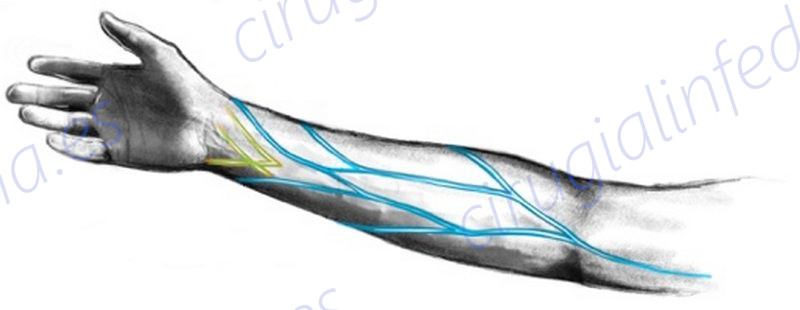WELCOME TO LYMPHEDEMA SURGERY

LYMPHEDEMA
Lymphedema is a disorder caused by the accumulation of fluid (lymph) in the extremities, as consequence of a malfunction of the lymphatic system.

DIAGNOSIS OF LYMPHEDEMA
The diagnosis of lymphedema is made by different methods: Clinical history, Physical examination, lymphography and indocyanine green.

TREATMENT
A personalized treatment with surgical and non-surgical techniques has shown to improve the quality of life for patients with lymphedema.

MEET US
Dr. Maldonado and Dr. Cristobal are experts in lymphedema treatment. Meet us clicking the link below.
What is lymphedema?
Lymphedema is a disorder caused by the accumulation of fluid (lymph) in the extremities, as consequence of a malfunction of the lymphatic system. The affected limb (arm or leg) becomes swollen, generating a feeling of heaviness, pain, and may even present skin infections and wounds. The lymphatic system is a complex anatomical structure that carries the lymph. It has multiple functions, such as carrying out the immune response (defending the body, transporting lymphocytes and other cells of the immune system) or draining the interstitial fluid (the fluid that is between the body’s cells).
TYPES OF LYMPHEDEMA
Primary lymphedema
This type of lymphedema occurs spontaneously (without prior surgery or direct damage to vessels or lymph nodes), is usually familial (hereditary), and develops before the fourth decade of life.
Secondary lymphedema
This type of lymphedema occurs as consequence of damage to the lymphatic system. In Europe, the main cause of lymphedema is lymph node resection for breast cancer treatment. Other tumors may also require surgery on the lymph nodes causing lymphedema (for example, the treatment of melanoma). Adjuvant cancer treatments, such as radiation therapy, are also the cause of secondary lymphedema.
Meet us
Dr. Andrés A. Maldonado
Specialist in Plastic, Aesthetic and Reconstructive Surgery
Dra. Lara Cristóbal
Specialist in Plastic, Aesthetic and Reconstructive Surgery



